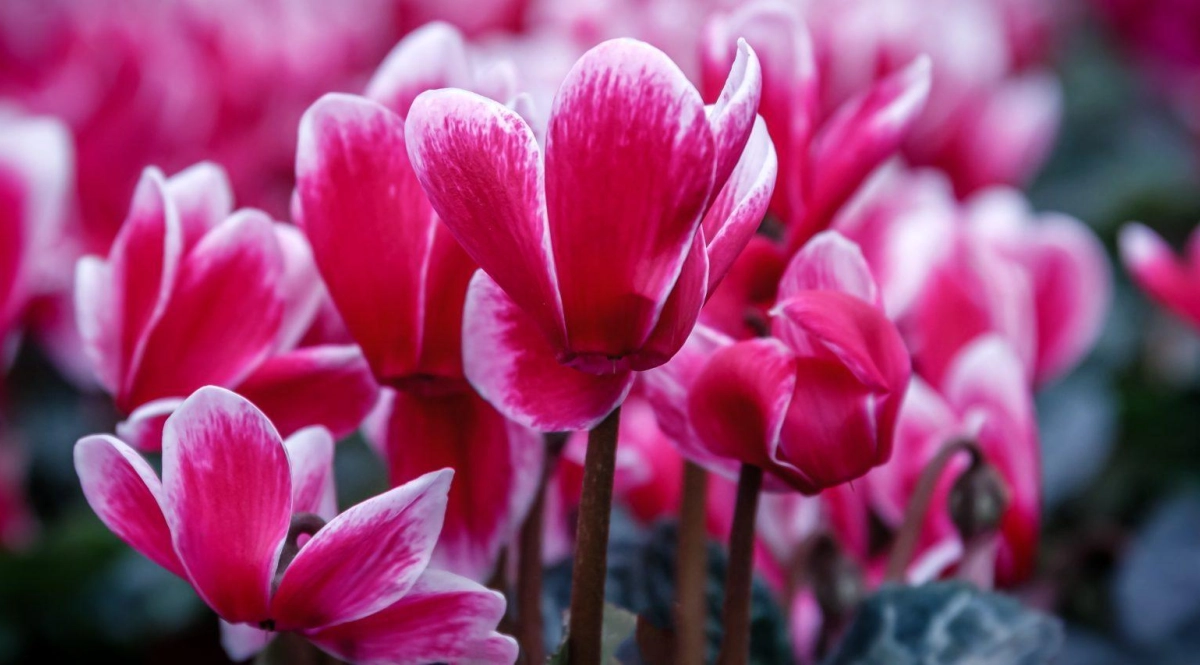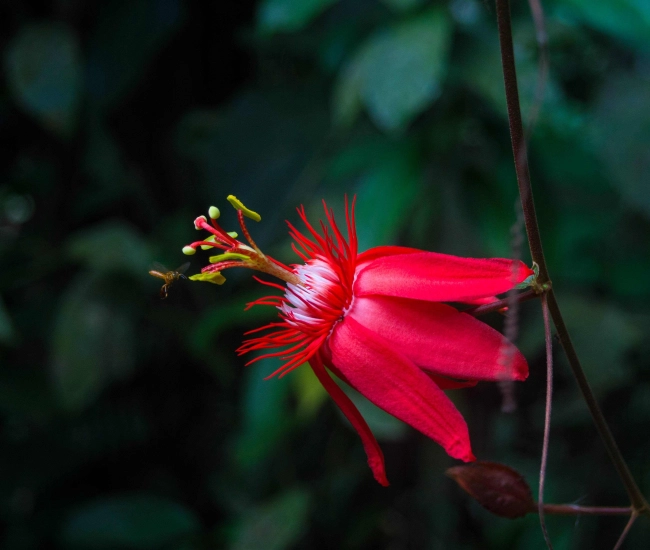
For over 150 years, many flowering tropical plants have been part of our Christmas traditions. These plants bloom in our homes, and their magnificent colors bring an atmosphere of joy and celebration to this festive period. These Christmas beauties are too often considered ephemeral and are discarded after blooming; however, many can be kept for many years if given proper care.
Purchase Tips
Choose to buy them from a good garden center to ensure quality plants. Opt for healthy and minimally blooming plants. For transportation, prefer paper packaging to limit condensation and better protect them against sudden temperature changes. Once home, quickly remove the packaging and perforate the decorative wrappings covering the pots, as they block the drainage hole.
Tons of Flowers
For long and abundant blooming, temperatures between 18 and 20 °C during the day and 13 and 15 °C at night are recommended. Avoid exposure to too much direct sunlight, which damages the foliage and reduces blooming: choose windows facing west or east. Never move a plant in bloom and in buds, as they will fall off.
Proper Care
For fertilization, choose natural fertilizers rich in phosphorus and potassium. Apply them twice in the summer, then stop all fertilization during the winter months. Water deeply when the potting soil is dry on the surface and avoid overwatering or underwatering, which causes the buds to fall. The necessary watering varies depending on the type of plant, pot size, ambient temperature, and humidity in the house.

Poinsettia, Euphorbia pulcherrima

Poinsettia, Euphorbia pulcherrima
This beautiful Mexican plant with colorful bracts dislikes cold and direct sunlight. For prolonged blooming, cool temperatures are advised. Regular watering prevents the leaves and bracts from drying out. Pay attention to the water temperature (which should always be tempered). To make your poinsettia bloom again and give it a beautiful color, it needs to be exposed to 14 hours of total darkness per day over a period of 60 to 70 days in the fall. It's worth trying at least once!
Persian Cyclamen, Cyclamen persicum

Persian Cyclamen, Cyclamen persicum
Indirect light and temperatures below 20 °C will allow for prolonged blooming. From May to September, stop all watering so that the corm (the cyclamen's bulb) enters dormancy. In September, repot the plant and resume watering with tempered water (always from the saucer, to avoid wetting the bulb). Wait for new leaves to appear before fertilizing.
Kalanchoe, Kalanchoe blossfeldiana

Kalanchoe, Kalanchoe blossfeldiana
This succulent plant must dry almost completely between waterings. Its blooming will be prolonged if nighttime temperatures are cool (10 °C). This Christmas beauty does not easily rebloom. During the summer, 8 to 11 hours of sunlight per day are beneficial for it, as well as an application of potassium-rich fertilizer. In September, proceed as with the poinsettia by providing a period of darkness. Although nothing guarantees its reblooming, it makes a very beautiful houseplant.
Text: Hélène Baril – Horticulturist, speaker & author
Tips and advice



